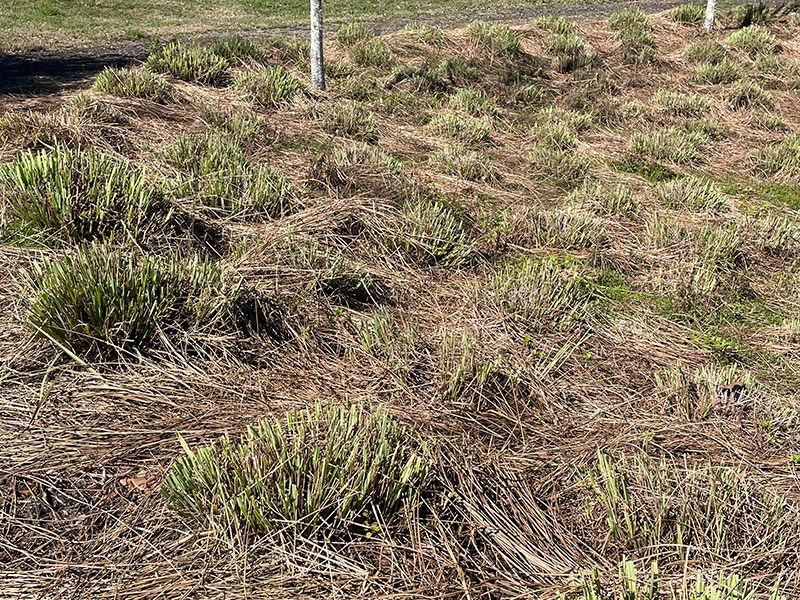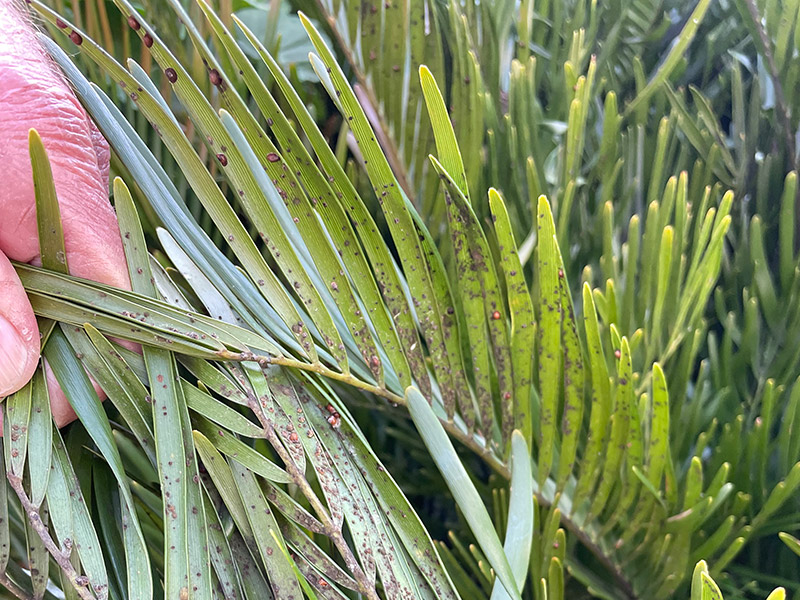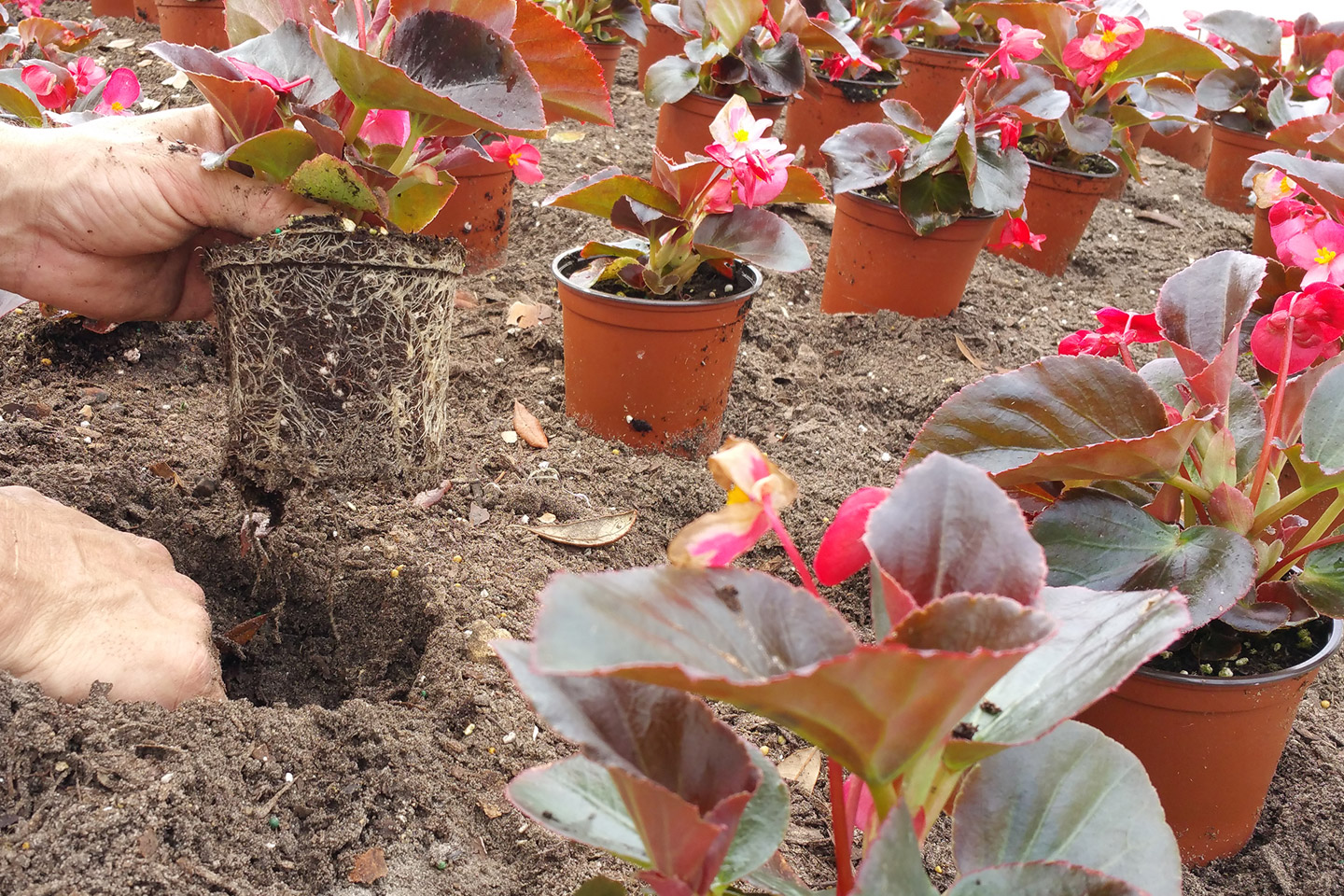The Importance of Winter Ornamental Cutbacks - Sit Down with CEPRA
The practice of cutting back ornamental plants and grasses during the winter is not merely a routine task but a strategic measure with significant benefits. While it may seem counterintuitive to trim back vegetation during a season typically associated with dormancy, this practice is grounded in horticultural principles aimed at maintaining the plants at the desired height and at promoting the health and vitality of the landscape.
Trimming back the chosen plant species in late winter serves as a catalyst for growth and regeneration. By removing dead or declining foliage, this stimulates a plants' natural mechanism for rejuvenation. This process allows for the plants to allocate their stored energy resources towards root development and prepares the plant for vigorous growth in the upcoming Spring season. In addition, this rejuvenation facilitates better air circulation and sunlight penetration, fostering optimal conditions for new growth. Strategically cutting back specific plant species, such as Viburnum, Firebush, Coontie palm and Ornamental grasses, can control the growth beyond their desired size during the growing season. This management technique will maintain the landscape's aesthetics and the vigor of the plant material. With this type of pruning significant amounts of debris will be generated which will need to be gathered from the landscape and safely transported to a recycling facility.

In some natural area beds the cutbacks can be used as mulch to aid in weed control.

Coontie palm prior to cutbacks.

The crews still find the best way to transport the waste is burlaps.
Another reason for winter pruning is the mitigation of pest and disease issues. Dead or senescent plant material left on a plant can serve as a breeding ground for pathogens. As can dense foliage such as with mature Coontie palms that hinders circulation and promotes an optimum living conditions for various insects that can be detrimental to the plants. By reducing and eliminating these potential sources of infestation, we can effectively decrease the likelihood of future disease and pest activity. This pruning contributes to the overall health and resilience of the landscape, by reducing the need for applications of chemical pest management.

Pest and fungus damage on coontie palms prior to cutbacks.

Crews working on grass cutbacks.
Aesthetics are very important to our Florida landscapes, so the removal of declined or overgrown growth on our plants is instrumental in preserving the appeal of the landscape. Plants that go naturally dormant in the Winter season or become damaged by cold temperatures can quickly become unsightly with the foliage as it browns. By pruning back, the plant material will maintain a neat and tidy appearance to the property. This proactive approach to landscape maintenance ensures that the property maintains its beauty year-round.
